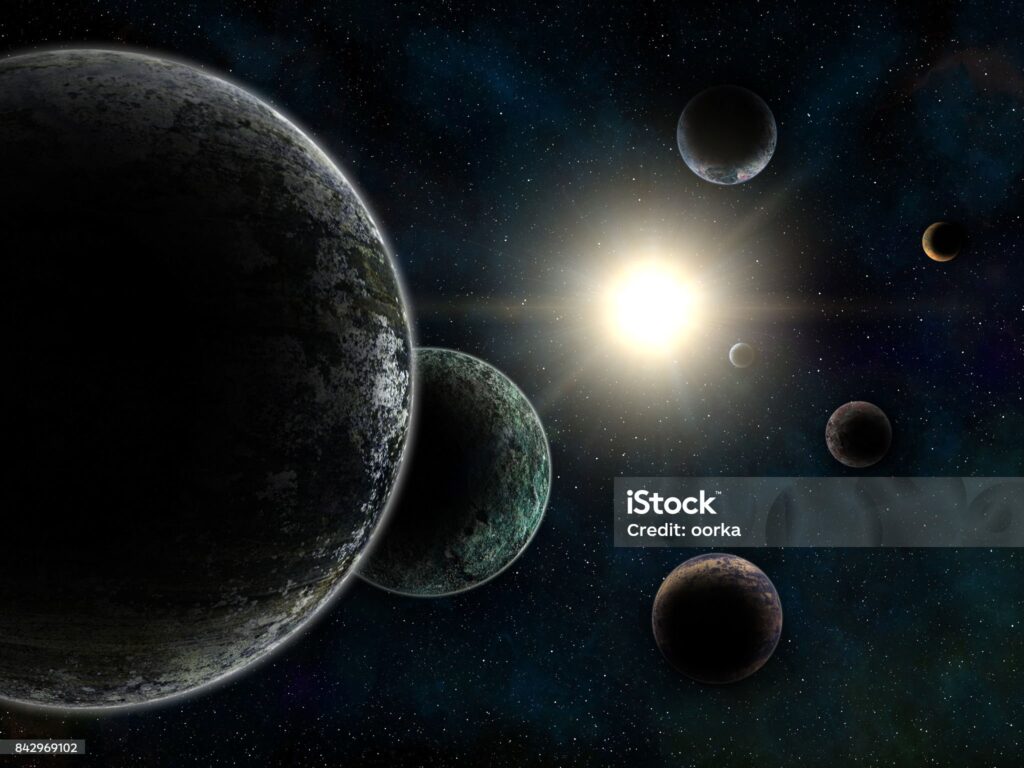Exploring the Potential for Life Beyond Earth: Understanding Outer Solar System Habitability
Discover the latest findings regarding outer solar system habitability and the search for extraterrestrial life.
One of the most promising places to search for life beyond Earth is Saturn’s largest moon, Titan. Titan’s subsurface ocean has long captured the imagination of scientists, as the presence of water is often seen as a key ingredient for life as we know it. However, recent studies led by Dr. Catherine Neish, an astrobiologist at Western University, have tempered our hopes. The findings suggest that Titan’s subsurface ocean may not be a habitable environment after all, dealing a blow to our expectations of finding life in the outer solar system.
The search for extraterrestrial life often begins with the search for water. Water is essential for life as we know it, providing a solvent in which biochemical reactions can occur. Planetary scientists, astronomers, and space agencies like NASA have been drawn to the icy moons of giant planets like Saturn and Jupiter, where subsurface oceans of liquid water are thought to exist. These moons, including Europa, Ganymede, and Enceladus, have long been tantalizing targets in the search for life beyond Earth.
Dr. Neish’s research focused on understanding the potential habitability of Titan’s subsurface ocean. Published in the journal Astrobiology, the study explored the amount of organic material that could be delivered from Titan’s surface to its ocean through impact cratering. While the presence of organic molecules is a promising sign, the findings suggest that Titan’s subsurface ocean may lack the conditions necessary to support life as we know it.
The disappointment regarding Titan underscores the complexity of the search for extraterrestrial life. While water is a crucial component, it is not the only factor to consider. Life as we know it on Earth requires a variety of elements, including carbon. Dr. Neish emphasizes the importance of considering other elements beyond water in our search for habitable environments beyond Earth.
Despite the setback with Titan, the search for extraterrestrial life continues. In December 2023, a team of scientists reported a significant breakthrough in astronomy: a new method for detecting the presence of liquid water and carbon on other planets. This technique, known as the “habitability signature,” involves comparing the levels of atmospheric carbon dioxide on a planet with those of its neighboring planets. A lower level of carbon dioxide suggests the presence of liquid water on the planet’s surface, opening up new possibilities for the search for life beyond Earth.
While the discovery about Titan may temper our optimism, it is a reminder of the challenges inherent in the search for extraterrestrial life. The universe is vast and full of mysteries, and our understanding of life beyond Earth is still in its infancy. The search for habitable environments and signs of life beyond our solar system continues to drive scientific inquiry and exploration.
In conclusion, the quest to understand outer solar system habitability is a journey filled with excitement, challenges, and the potential for groundbreaking discoveries. While recent findings about Titan may have dimmed our hopes, they also highlight the importance of perseverance and innovation in our exploration of the cosmos. As we continue to push the boundaries of scientific knowledge, we inch closer to answering one of humanity’s most profound questions: are we alone in the universe?
